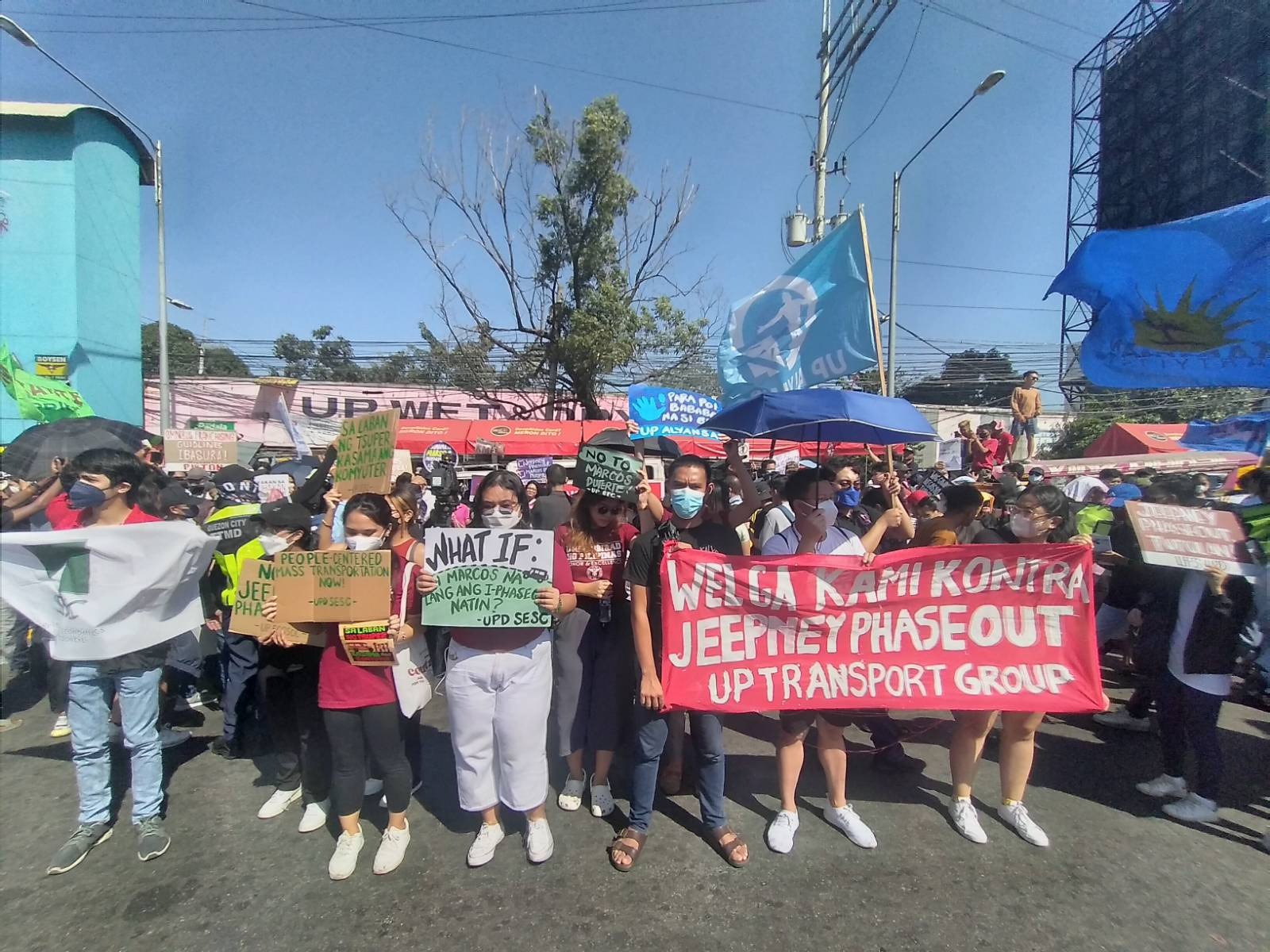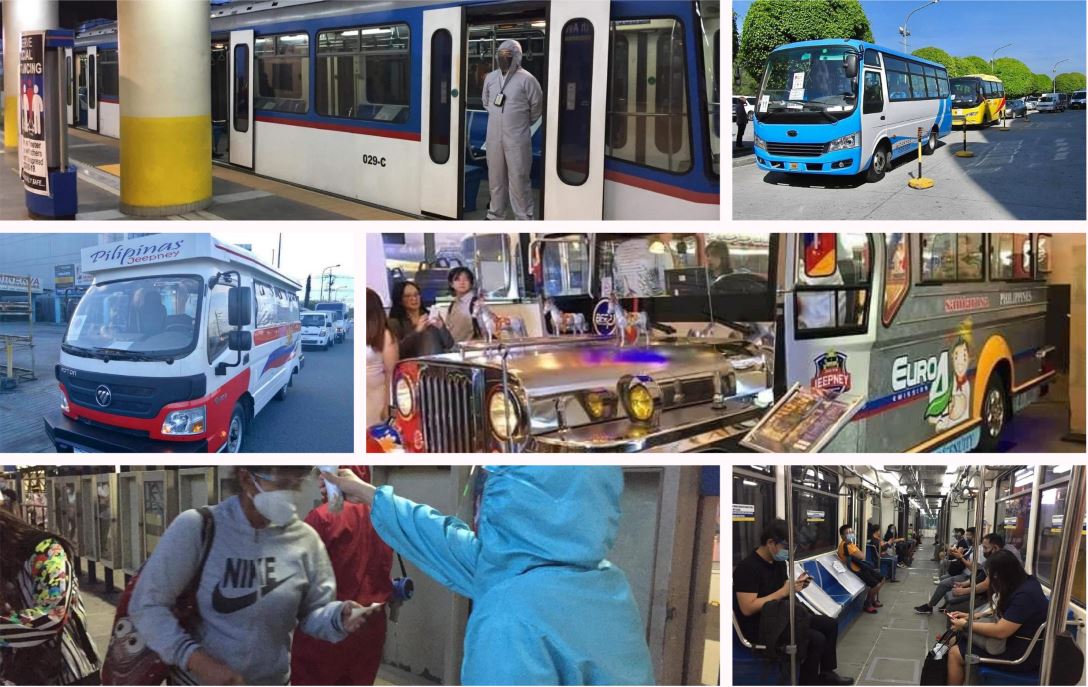Make Best Use Of Exposure with Transit Advertising Philippines
Make Best Use Of Exposure with Transit Advertising Philippines
Blog Article
Just How Transit Advertising And Marketing Can Transform Public Transport Spaces Into Dynamic Advertising And Marketing Platforms
Transportation advertising holds considerable possibility to redefine mass transit areas right into dynamic advertising and marketing platforms that engage and educate. By using cutting-edge formats such as interactive booths and electronic display screens, brands can not only get to a diverse audience however additionally enhance the overall commuter experience. This technique develops a distinct opportunity for brands to connect with customers in a setting that is often forgotten. As we explore the diverse advantages and evolving techniques of transit marketing, it elevates the inquiry of just how this transformation could redefine our interactions with both brands and the urban environment.
Advantages of Transportation Marketing

In addition, transit advertising and marketing is extremely cost-effective contrasted to traditional media. It permits advertisers to achieve high perceptions at lower expenses, taking full advantage of return on investment. The captive target market of commuters supplies an opportunity for brand names to share their messages to individuals that are often receptive throughout their travel times.
Moreover, the vibrant nature of transit advertising and marketing allows campaigns to be upgraded frequently, making sure that messaging continues to be relevant and prompt. This versatility can be critical in replying to market patterns or advertising events, keeping the brand name top-of-mind for customers. Lastly, the pervasive existence of transportation advertising and marketing adds to brand recall; duplicated direct exposure within acquainted travel contexts reinforces brand understanding and cultivates customer loyalty, eventually driving sales and improving brand name reputation.
Kinds Of Transit Marketing
Mass transit systems give various formats for advertising, each satisfying different marketing strategies and target market engagement techniques. One famous kind is external bus and train wraps, which cover the entire lorry and develop a mobile signboard effect, allowing for high exposure in city settings. These covers can catch attention as they go across active streets, getting to a varied target market.
An additional preferred style is interior advertising, which includes posters, electronic screens, and ads on transportation seats. These positionings engage passengers throughout their journey, reinforcing brand name messaging in a restricted space. Digital shows, particularly, supply the benefit of dynamic web content, allowing advertisers to upgrade messages in real-time.
Station advertising is additionally considerable, including posters, banners, and interactive booths within transit terminals. These ads utilize foot web traffic and can target specific demographics based upon area.
Finally, promotional collaborations with transit authorities can cause distinct projects, such as themed transit experiences or occasions, enhancing the general engagement with travelers. Each kind of transit advertising and marketing uses distinctive benefits, permitting brands to customize their approach to successfully reach their target audience within the public transport community.
Involving Travelers Efficiently
Travelers are increasingly swamped with advertising and marketing messages throughout their day-to-day trips, making it vital for brand names to engage them in innovative methods. To record attention in this congested room, marketers should focus on creative thinking and relevance. Utilizing distinctive visuals and concise messaging can substantially boost the chance of engagement.
Interactive aspects, such as QR codes or enhanced fact attributes, can also transform static ads into immersive experiences, promoting a much deeper link with the target market. Brand names need to concentrate on addressing commuters' passions and demands, customizing messages to reverberate with their lifestyle, whether through promotions for local businesses or services made to boost their travelling experience.
In addition, timing plays a crucial role; strategically placing ads throughout optimal travelling hours can optimize presence and effect. Engaging commuters effectively also involves leveraging social media assimilation, permitting travelers to share their promotions or experiences straight from transit systems, consequently enhancing brand name reach.
Basically, efficient engagement depends upon understanding the traveler trip and developing compelling, interactive, and pertinent marketing experiences that not just record interest but also drive activity and loyalty. By doing so, brand names can transform mass transit right into a vibrant advertising system that reverberates with its audience.

Measuring Advertising Influence
Exactly how can brands properly evaluate the effectiveness of their marketing campaign en route atmospheres? Measuring the influence of transit advertising and marketing needs a multifaceted technique that combines measurable and qualitative metrics. One widespread method is tracking involvement with mobile analytics, where brand names can evaluate foot website traffic patterns and app communications before, throughout, and after campaigns.
Surveys can give important understandings into brand name recall and customer belief, permitting brands to assess how well their messages resonate with travelers. Additionally, checking social media interaction related to particular projects can reveal shifts in public understanding and brand name discussion.

Additionally, working together with transportation firms can enhance measurement accuracy, as they typically have thorough group information on ridership trends. By integrating these methodologies, brands can develop a thorough understanding of their marketing efficiency, making sure that their projects not just get to however additionally affect their target market successfully.
Future Fads in Transportation Advertising And Marketing
A substantial change is expected en route advertising as technological advancements and changing customer actions improve the landscape. Transit Advertising Philippines. The combination of digital displays and multimedias is expected to enhance involvement, permitting brands to deliver vibrant web content that resonates with diverse target markets. As public transport systems accept smart modern technology, marketers will leverage real-time information analytics to tailor messages based on guest demographics and habits
Moreover, boosted truth (AR) is poised to revolutionize the means commuters interact with promotions. By offering immersive experiences, AR can read this transform an ordinary journey right into an appealing narrative that catches attention and cultivates brand name loyalty. This advancement will likely encourage marketers to produce even more experiential campaigns that drive customer interaction.
Sustainability is an additional important trend affecting transit advertising and marketing. As environmental awareness grows, brand names will increasingly look for to align with green methods, making use of sustainable products and advertising green efforts within their projects.
Conclusion
In final thought, transportation marketing uses substantial benefits by boosting brand name presence and involving a restricted target market. As fads advance, the possibility for cutting-edge communications in between commuters and brands is poised to expand, making certain that transportation advertising link and marketing continues to be an essential part of contemporary advertising techniques.
Transit advertising holds substantial possibility to redefine public transport areas into vibrant advertising and marketing systems that engage and inform. The pervasive presence of transportation advertising and marketing contributes to brand recall; duplicated direct exposure within familiar traveling contexts enhances brand awareness and cultivates customer loyalty, inevitably driving sales and boosting brand online reputation.
Exactly how can brands properly examine the effectiveness of their advertising and marketing projects in transit settings?In final thought, transportation marketing offers substantial advantages by boosting brand presence and engaging a restricted audience. Transit Advertising Philippines. As fads develop, the potential for ingenious communications between commuters and brand names is poised to expand, our website making sure that transportation marketing continues to be an important part of modern advertising and marketing strategies
Report this page